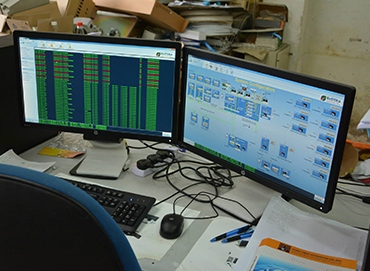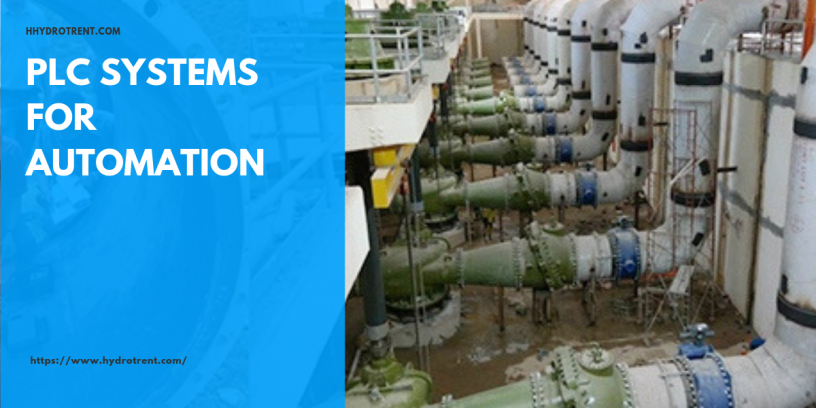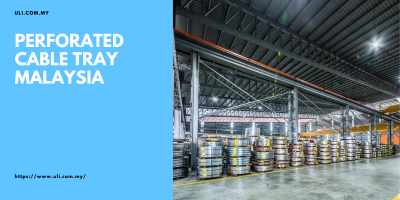Programmable Logic Controllers (PLCs) are user-friendly electronic computers that have control functions for a wide variety of types and levels of difficulty.

According to the PLC concept it is as follows:
- Programmable, demonstrates the ability of memory to store programs that have been created that can easily be modified or used.
- Logic, demonstrating the ability to process inputs arithmetic and logic (ALU), namely performing operations comparing, summing, multiplying, dividing, subtracting, negating, AND, OR, and so on.
- Controller, demonstrates the ability to control and control the process to produce the desired output.
The functions and uses of PLCs are very broad. In practice PLCs can be shared widely and specifically. In general the PLC functions are as follows:
- Excessive Control. PLCs process binary signal inputs into outputs used for sequential (sequential) engineering processing purposes, here PLC ensures that all steps in the sequential process are in the correct order.
- Monitoring Plant. The PLC continuously monitors the status of a system (such as temperature, pressure, elevation) and takes the necessary action in relation to the control process (such as the value is out of date) or displays the message to the operator.
For more information about PLC Systems for Automation, please visit https://www.hydrotrent.com/















